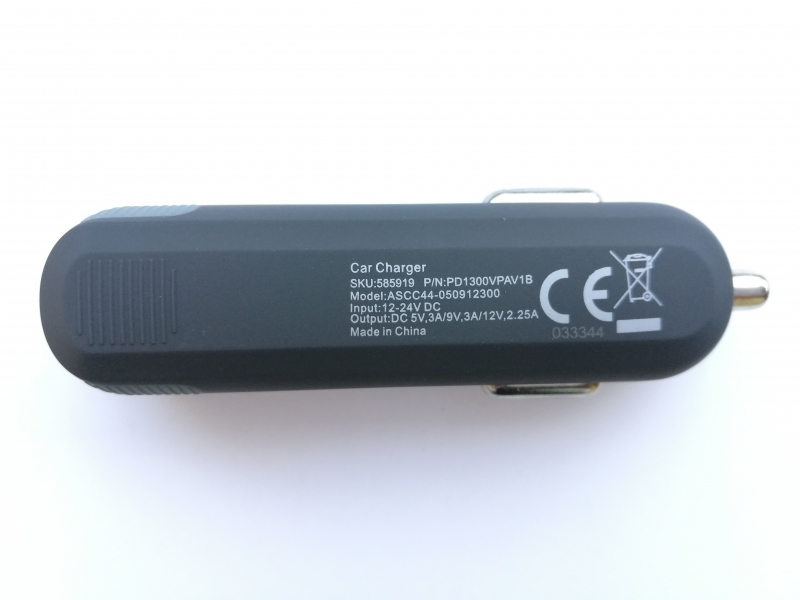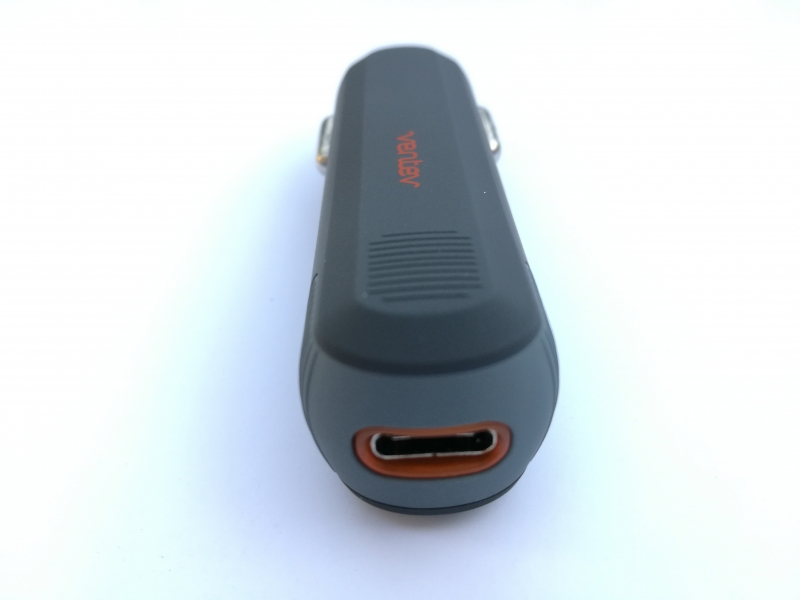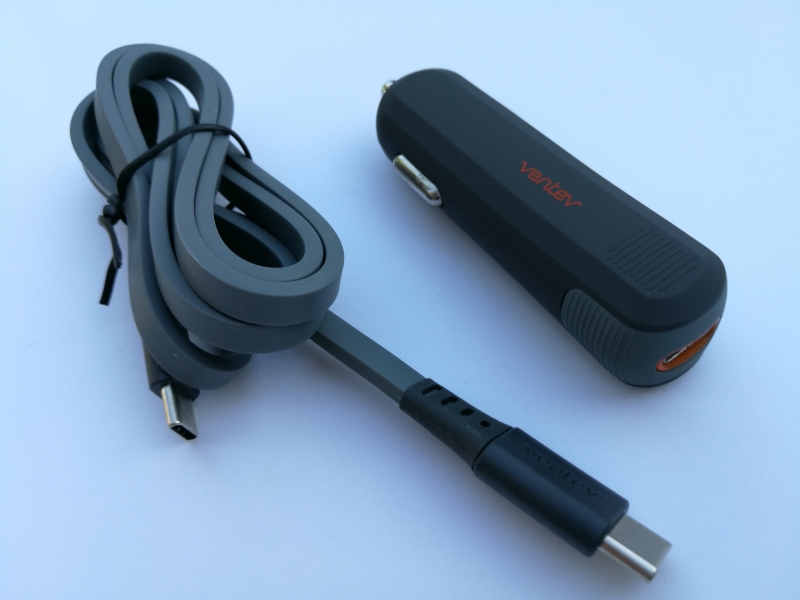1
High Trust ProductsCharging Technology Speed Performance Benchmarking
Chargers and Power Banks
Headphone & Speakers
Cases & Covers
Virtual Reality
Cables & Adapters
Media Player
Laptop
Tablet
Desktop
Cell Phone
Printers & Copiers
Memory Cards
TV
Computer Display
Game Console
Smart Home
Wearable Technology
Photo & Video Camera
Car Electronics
Car
Networking Equipment
Smart Toys
Home Audio & Video
Professional & Industrial
Storage Drive
Docking Station
Game Console Controllers
Set-top box
Keyboard, Mice, & Stylus
Portable Music Player
Computer Parts & Components
Cordless & Speakerphones
Projector
Software
Reporting
Ventev dashport pd1300 charger
by Ventev





Interested in this product?

Select a product category to see which devices type we recommend to use with the Ventev dashport pd1300 charger:

Charge Your USB Type-C Devices on the Move Using the Ventev Dashport pd1300 Car Charger Supporting USB Power Delivery

If you are looking for a car charger that supports USB Power Delivery 2.0 technology, consider the Ventev Dashport pd1300 Car Charger that comes with a USB Type-C connector. Just attach the USB-C cable between the car charger and the USB-C port of your USB Power Delivery based laptop or mobile device.

The USB-C port of the Ventev Dashport pd1300 Car Charger provides up to 27W power output with the following power profiles: 15 watts (5 volts @ 3 amps), 27 watts (9 volts @ 3 amps), 27 watts (12 volts @ 2.25 amps). The USB-C port also comes illuminated which makes it easy to see in low lighting condition.


The Ventev Dashport pd1300 Car Charger also comes with a USB Type-C to USB Type-C cable.

Using the USB Power Test App from Granite River Labs with the Granite River Labs USB Power Delivery Compliance C2 Tester, we generate the following test results for the Ventev Dashport pd1300 Car Charger.
The USB Power Test App first negotiates a power contract for every PDO supported by the Ventev charger, and increases the load gradually to find the threshold where over current protection (OCP) kicks in and voltage and current start to drop for safety reasons.
The USB Power Test App reports out all the PDO's supported by the Ventev charger and their OCP thresholds. OCP thresholds for the charger are set at about 16-55% above the maximum current levels for the fixed PDO's.
| PDO | OCP (A) |
|---|---|
| PDO#1 Fixed: 5V 3A | 3.49 |
| PDO#2 Fixed: 9V 3A | 3.5 |
| PDO#3 Fixed: 12V 2.25A | 3.49 |
The USB Power Test App from Granite River Labs also produces an I-V curve which graphically shows the relationship between voltage and current for each PDO. We can observe current fold-back behavior for the 2nd and 3rd PDO's where as the current increases beyond the OCP threshold, the voltage starts to curve down rather than immediately shutting off. The 1st PDO shows the voltage immediately shuts off when crossing the OCP threshold.
View Full Article
USB PD Charging Technologies & Battery Life Benchmarking
Featured Products
 GTrusted
GTrusted
































